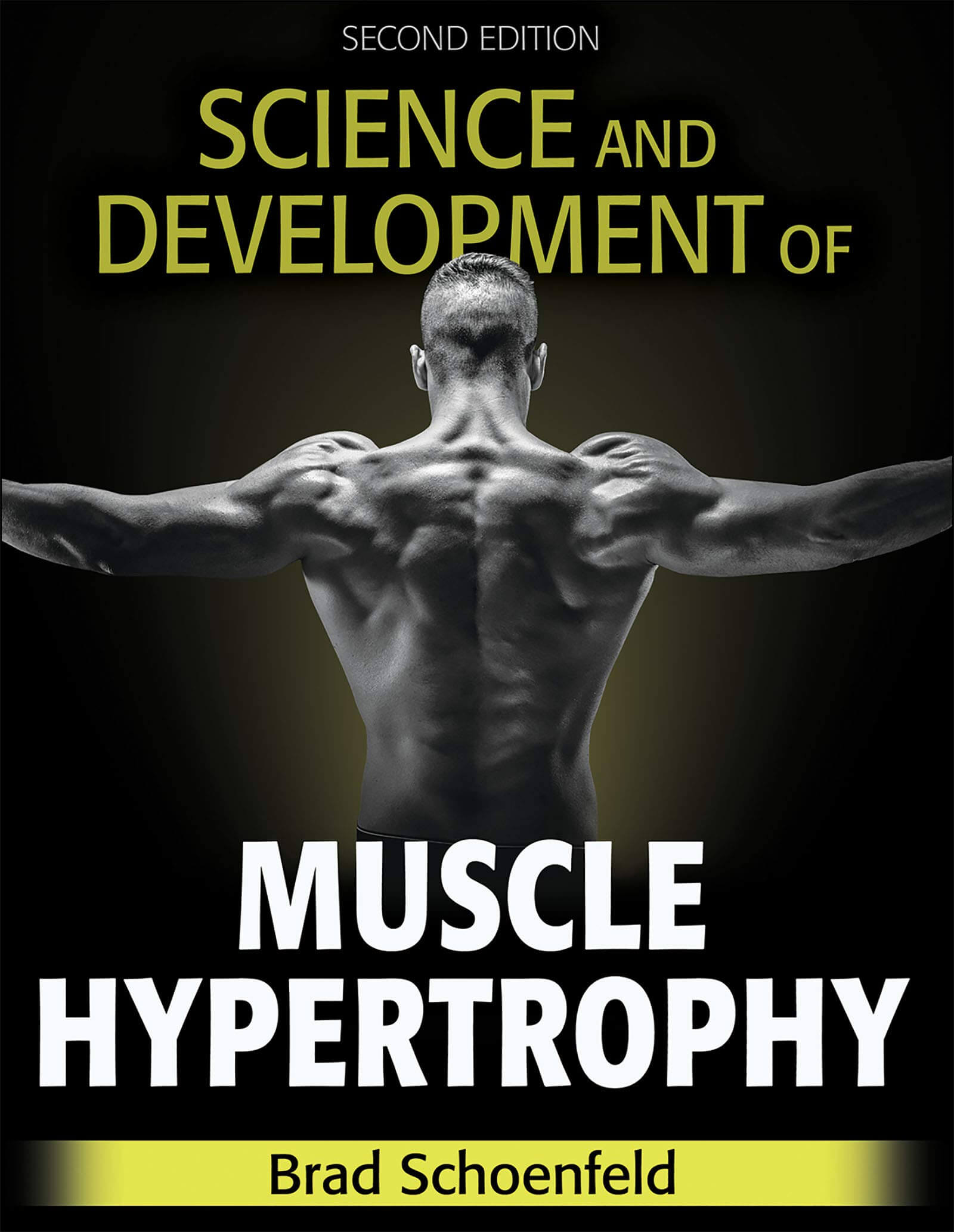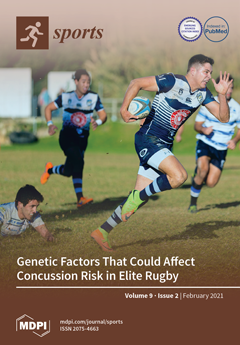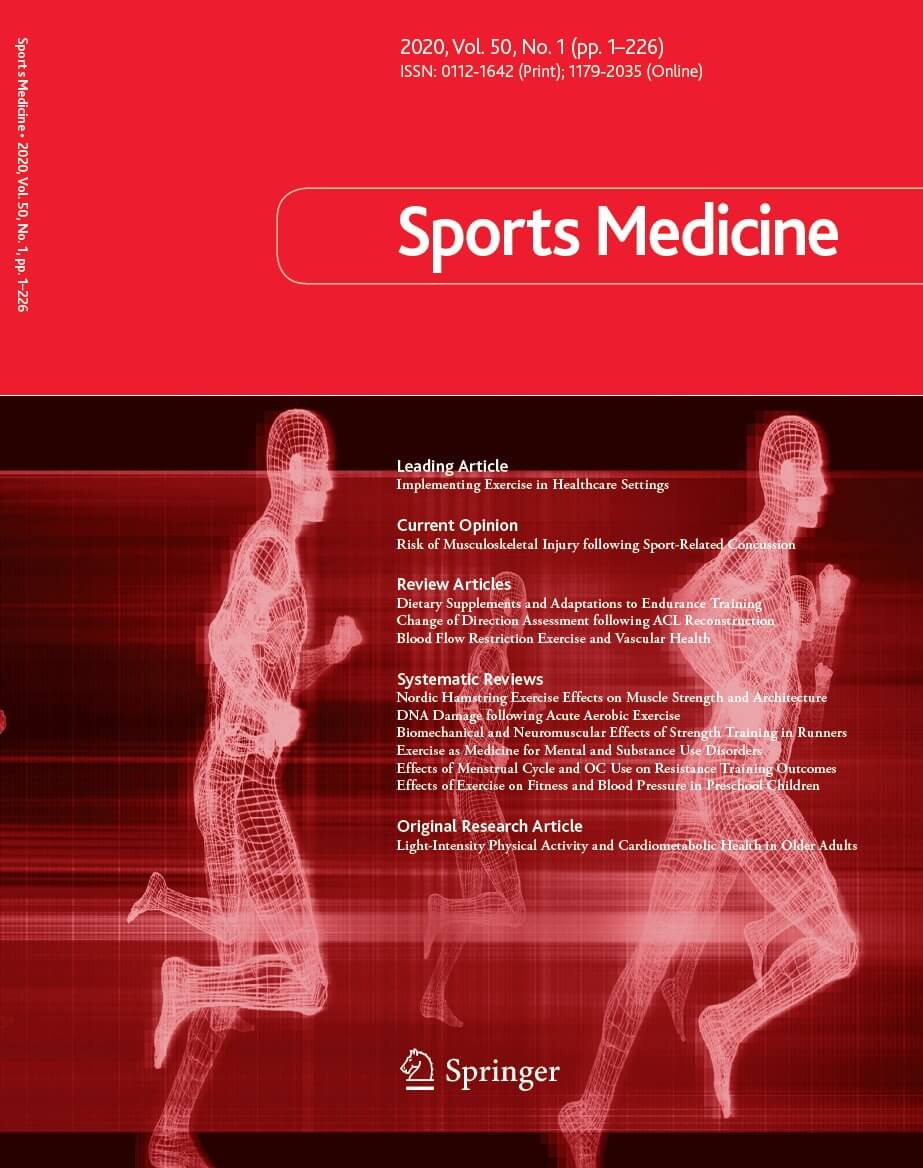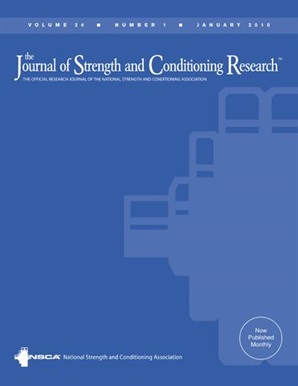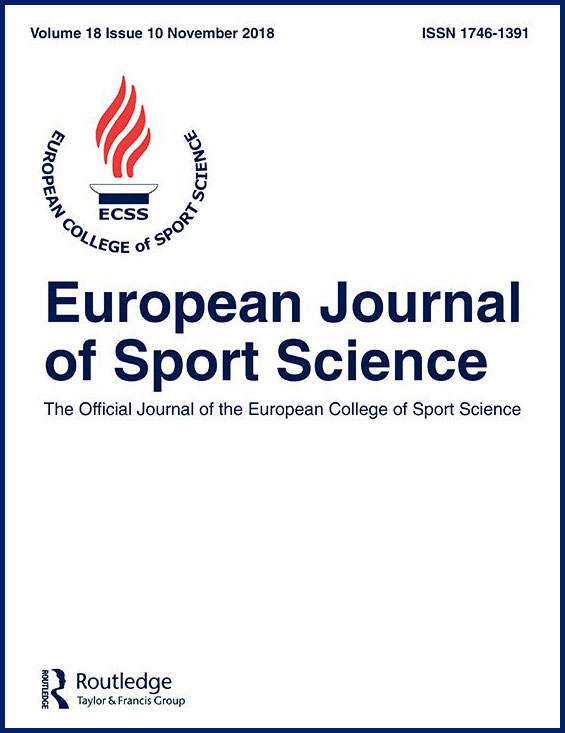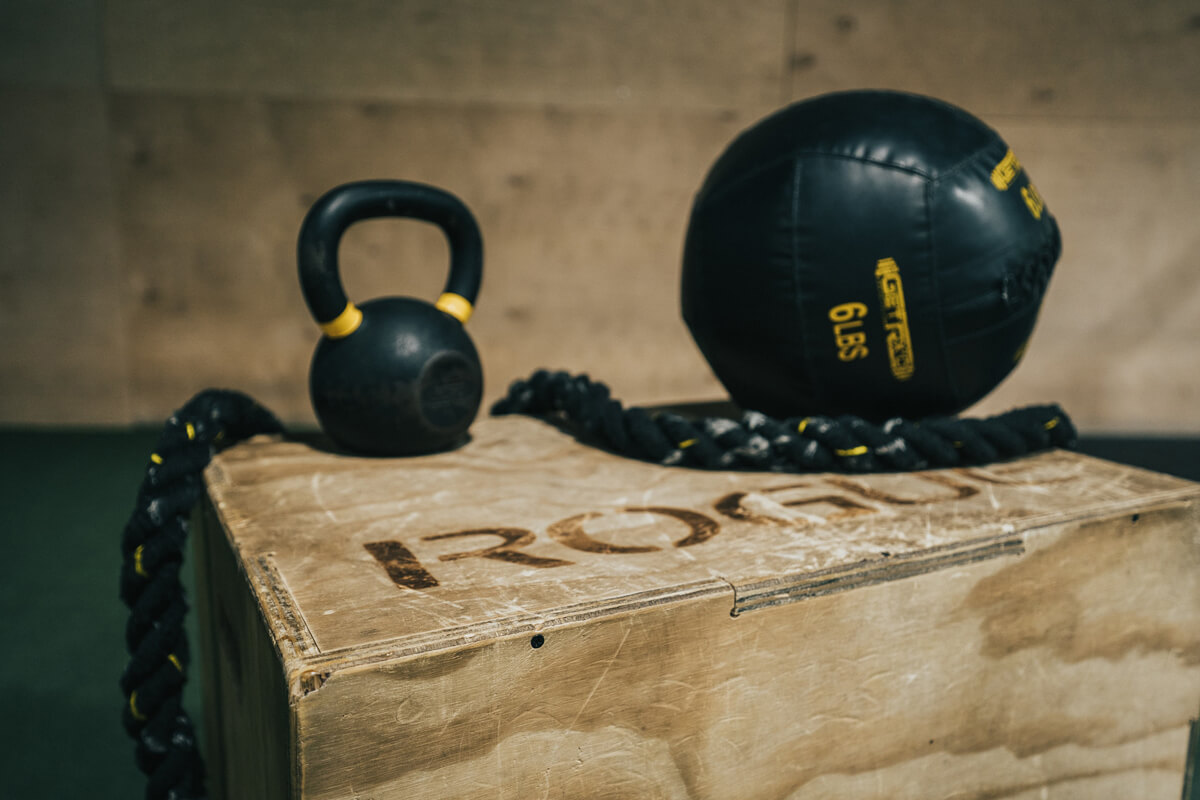DIS-TANZ DIARY #23
THE HYPERTROPHY SPECIALIST
Jul 14, 2021 in DIS-TANZ-SOLO

As I am currently in the fourth week of my muscle hypertrophy training and am therefore dealing a lot with the underlying mechanisms, I want to take the opportunity to present one of the most important voices in this field: Dr. Brad Schoenfeld.
Brad Schoenfeld is an internationally renowned expert on muscle building and fat loss. A lifelong drug-free bodybuilder himself, he has won a multitude of natural bodybuilding titles. He is a professor in the Department of Health Sciences at Lehman College in the Bronx, NY, is the best-selling author of THE M.A.X. MUSCLE PLAN and SCIENCE AND DEVELOPMENT OF MUSCLE HYPERTROPHY, and has published numerous articles in peer-reviewed journals as a researcher.
What makes him a unique voice, in my opinion, is his down-to-earth approach and the extremely close connection between theory and practice. In his view, science can offer important guidelines, which should, however, always be applied based on the practical experience of the coach and with a view to the individual requirements of the athlete. In the best case, science and practice are not two separate realities, but they enrich each other through mutual exchange.
I have selected a series of podcasts in which Brad Schoenfeld talks about topics such as training frequency, training intensity, rest periods, training splits, the difference between metabolic stress & muscle damage, the necessity of training to failure, overreaching & overtraining, nutrition, and many more. It stands to reason that some of the podcasts overlap in content, but they all still contain very useful information.
I really hope you’re not put off by the focus on competitive bodybuilding (and the commercials for steaks, in case you’re vegan). By its very nature, muscle hypertrophy is the primary goal of any bodybuilder, but so much of this topic can be applied to our work as performing athletes as well. It would be a shame not to make use of this knowledge.
